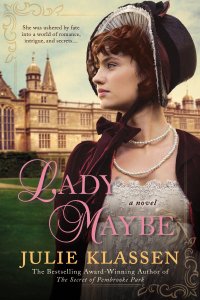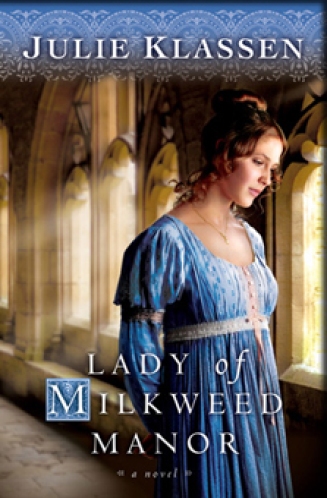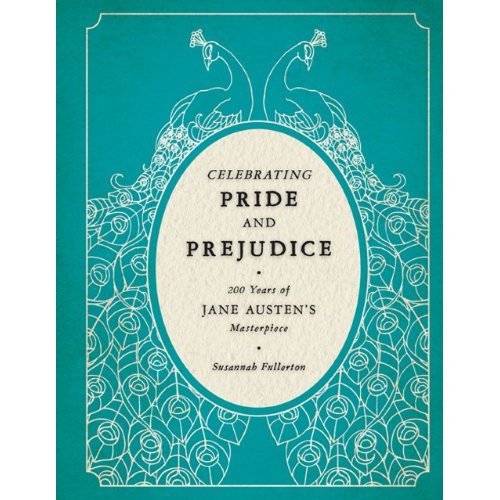A Most Clever Girl: How Jane Austen Discovered Her Voice,
by Jasmine A. Stirling; illustrated by Vesper Stamper.
Bloomsbury Children’s Books, 2021
Dear Readers: Please see below my review information on the Book Giveaway. And join me again tomorrow for Part II with an essay by Jasmine A. Stirling on “How Jane Austen revolutionized the way the world viewed women.”
*************
The recent opinion essay by the New York Times Book Review editor Pamela Paul “You’re Not Too Old for Picture Books” (Feb. 21, 2021), presents a fine case for the importance, relevance, brilliance, and pure pleasure such books can give us. Paul admonishes us as parents to not confine ourselves to the parameters of the 4-8 age group, to not take such books away from our children too soon, nay, to not put them aside ourselves. How well we remember such books from our own childhoods (think Jessie Willcox Smith or Beatrix Potter or N. C. Wyeth), where words and pictures were made one, the art telling its own story beyond the words of the text.
In a past life as an elementary school librarian (I at the time also had small children), I found such joy in reading and re-reading these pictures books, designated for the younger grades but having the older students engage with them as well. I have never gotten over this love of these “juvenile” works and still try every year to at least purchase the newest Caldecott winner (a REAL book too, no kindle for these!) Biographical picture books have increased of late, and such works on Jane Austen can nearly fill a shelf – but each is unique, each brings a new take on Austen with new ideas, new art, new ways to engage readers of any age with her world.
A Most Clever Girl: How Jane Austen Discovered Her Voice, written by Jasmine A. Stirling and illustrated by Vesper Stamper, is a fine addition to this burgeoning shelf, this, as the press release says “an informative, engaging depiction of the life and growth of an exceptional literary talent.” It is funny and sad and profound, taking Austen from a happy childhood reading and writing for her family’s entertainment in the house at Steventon, where “her mother wrote verse…her brothers debated the news…Jane and Cassandra sang songs upstairs…her father taught Shakespeare below.” In this one sentence, with the accompanying illustration of a very busy household, Stirling and Stamper perfectly sum up Austen’s childhood world.
***************
We see her growing, seeking “a room of her own” to write her stories, observing the quirks and eccentricities of visiting friends and neighbors, and then the sadness and tragedy with the move to Bath and the death of her father, her life now “a quick succession of busy nothings.” Stamper leaves her colorful joyful world of Steventon behind and gives us a Bath that is dark and gray and lonely (Stamper writes that the color palette comes from the textile shades of Austen’s time), color to appear again when settling in Chawton, Jane finding words to write, creating the characters like Elizabeth and Emma and Anne and her many Heroes we have come to love – writing “hearbreak and sadness, happiness and hope” into her novels. Then she is PUBLISHED and we see an appreciative Prince Regent, patrons of circulating libraries choosing HER books, and US, still reading and loving her very original and brilliant voice.
I loved this book – the words and pictures taking us into Austen’s mind and her world – high praise to both writer and illustrator for such a beautifully told and rendered tale, as Stirling herself writes: “I wanted to tell a different kind of story – one centered on Jane’s genius” – and thereby giving hope to anyone out there who might be searching for their own voice, at any age. I found it as insightful and as complete as any of the many lengthy biographies I have read!
Included is a short nicely-written biography, a selection of the more famous Austen sayings sprinkled in the text (“indulge your imagination in every possible flight” – where does Austen say this??), a note from both Stirling and Stamper, and a listing of resources for further reading.
A final word on the endpapers, one of my favorite parts of any and every book I handle – here Stamper gives us colorful and imaginative drawings of Austen’s beloved Hampshire, Steventon on the front endpaper, Chawton Cottage (now Jane Austen House Museum) and Chawton House on the rear endpapers, places that inspired Jane Austen to become the genius she indeed was, and places we visit (alas, only a pump at Steventon!) to get closer to her mind and art. Perfectly lovely – and quite “clever” itself!
GIVEAWAY!!

Enter for a chance to win a glorious Jane Austen-themed picnic basket, including a hardcover copy of A Most Clever Girl autographed by Jasmine A. Stirling!
One (1) grand prize winner receives:
- A picnic basket filled with:
- A copy of A Most Clever Girl: How Jane Austen Discovered Her Voice, signed by author Jasmine A. Stirling
- A vintage teacup
- 1 oz of tea From Adagio Teas
- Truffles from Moonstruck Chocolates
- Gardenia hand cream
- A set of Jane Austen playing cards
- A $15 gift certificate to Jasmine A. Stirling’s Austenite Etsy Shop, Box Hill Goods
Two (2) winners receive:
- A copy of A Most Clever Girl: How Jane Austen Discovered Her Voice, signed by author Jasmine A. Stirling
The giveaway begins March 16, 2021, at 12:01 A.M. MT, and ends April 16, 2021, at 11:59 P.M. MT.
Click here for the Giveaway Form
**************************

ABOUT THE BOOK:
A Most Clever Girl: How Jane Austen Found Her Voice
Written by Jasmine A. Stirling; Illustrated by Vesper Stamper
Ages 4-12; 48 Pages
Publisher: Bloomsbury Children’s Books
ISBN-13: 978-1547601103
Publisher’s Synopsis: Witty and mischievous Jane Austen grew up in a house overflowing with words. As a young girl, she delighted in making her family laugh with tales that poked fun at the popular novels of her time, stories that featured fragile ladies and ridiculous plots. Before long, Jane was writing her own stories-uproariously funny ones, using all the details of her life in a country village as inspiration.
In times of joy, Jane’s words burst from her pen. But after facing sorrow and loss, she wondered if she’d ever write again. Jane realized her writing would not be truly her own until she found her unique voice. She didn’t know it then, but that voice would go on to capture readers’ hearts and minds for generations to come.
PURCHASE LINKS: [always check your local bookstore first!]
Bookshop: https://bookshop.org/a/2078/9781547601103
Amazon: https://amzn.to/2O2scVx
ABOUT THE AUTHOR:
Jasmine A. Stirling is the debut author of A Most Clever Girl: How Jane Austen Discovered Her Voice, a picture book biography of Jane Austen about persistence and creative mastery. Jasmine lives on a cheerful street in San Francisco with her husband, two daughters, and their dog. From a young age, she loved to write poems and stories and worked her way through nearly every children’s book (and quite a few for grownups, too) in her local library. When she’s not writing, Jasmine can be found hiking in the fog, singing songs from old musicals, and fiddling with her camera.
Jasmine first fell in love with Jane Austen as a student at Oxford, where she read her favorite of Jane’s six masterful novels, Persuasion. A Most Clever Girl is her dream project, done with her dream team—award-winning illustrator Vesper Stamper and Bloomsbury Children’s Publishing. Jasmine also has a YA/New Adult history of the women’s suffrage movement out soon, titled We Demand An Equal Voice.
Visit www.jasmineastirling.com to get a free Jane Austen paper doll kit with the purchase of A Most Clever Girl. While you’re there, enter to win a Regency tea party gift basket!
Follow Jasmine on Instagram and Facebook @jasmine.a.stirling.author where she posts about kidlit and life with two young girls.
ABOUT THE ILLUSTRATOR:
Vesper Stamper is an award-winning author-illustrator of picture books and historical fiction for young adults, including What the Night Sings, winner of the Sydney Taylor Book Award for the National Book Award, and A Cloud of Courageous Blue. She lives with her husband, filmmaker Ben Stamper, and her two teenagers, in the northeastern United States, but England is her happy place. Her favorite Jane Austen in Emma. You can visit her at vesperillustration.com.
************
BLOG TOUR SCHEDULE: links to each day’s post can be found here: https://www.thechildrensbookreview.com/2021/03/a-most-clever-girl-how-jane-austen-discovered-her-voice-awareness-tour


































